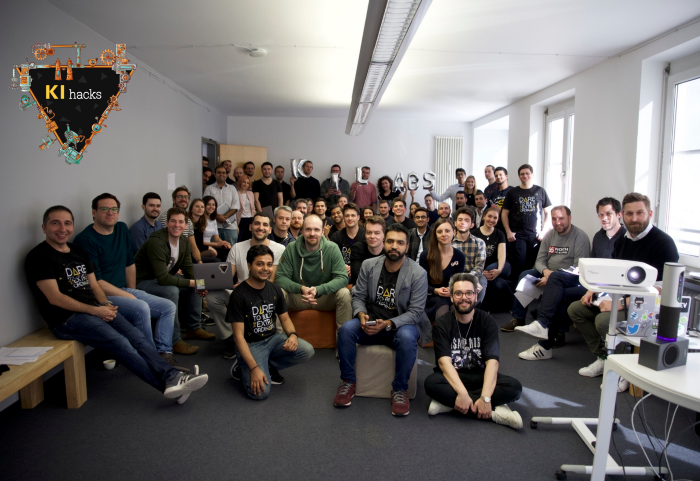KI hacks: Organizing an Internal Hackathon
Note: This post was originally published on Medium
At the end of March this year, we held our first official internal hackathon at KI labs, the KI hacks. The aim was simply to give everyone a chance to build something fun and interesting to them with no restrictions on the themes. The whole event was organized in the Munich & Lisbon offices over 36 hours during the week and had our friends from KI growth involved as well.
Motivation
There are many genuine questions and concerns when it comes to doing an internal hackathon on company time. There is some lost opportunity cost as the time spent on the hackathon could have been used on the projects from our paying customers.
Our main goals from the hackathon were to achieve at least some of the following:
- Team Building: Normally, during the daily work people work with their teams and do not get the chance to work with people from other teams that they might be interested in. This was an opportunity to collaborate with people who you wanted to work with but did not get the chance to.
- Outside Topics: The hackathon provided an opportunity for participants to work on topics that were outside their normal work which many people utilized. We had people who work on mobile apps for example work on 3D visualizations or machine learning. We kept the barriers really low. People could try different things out in a safe environment. It was perfectly fine to propose a problem that someone wanted to be solved without having many ideas about the solution.
- Have Fun: We wanted all the participants to have fun. This was important as otherwise, this could turn into another normal working day. There was also an option to work on it even after the hackathon if the teams are interested.
The main expectation of the participants was to be committed to their teams. It is not fun to work on some idea without the support of your team.
Logistics
The hackathon although internal was meant to be as close to a real hackathon as possible. We kept some ground rules for the reference of all teams. There were also budgets for hardware & software.
The team size was restricted to between 2 to 5 people to ensure that the teams were not too big nor one person hacking something as that would not be in the interests of team building.
The teams had 28 hours to work on their hacks. Participants were given a common space (Notion & Slack) to share their ideas before the event started to form teams. Additionally, there was an evening spent the Friday before the hackathon started to help form teams. Participants could share their ideas & what skills they still needed to finalize their teams. The team formation sessions were facilitated before the hackathon started for teams to completely utilize the hackathon time for the hacking.
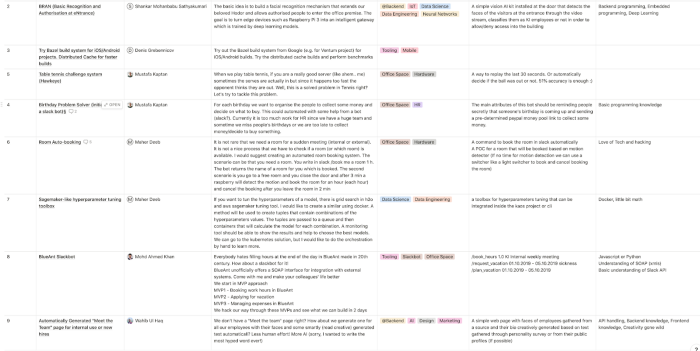
The teams were free to use the compute resources from the labs cloud platforms like Amazon Web Services, Google Cloud & Microsoft Azure. The teams had a budget of 50–100€ to buy additional hardware or software for their hacks if needed. Many of the teams bought hardware like Raspberry Pi & different compatible sensors.
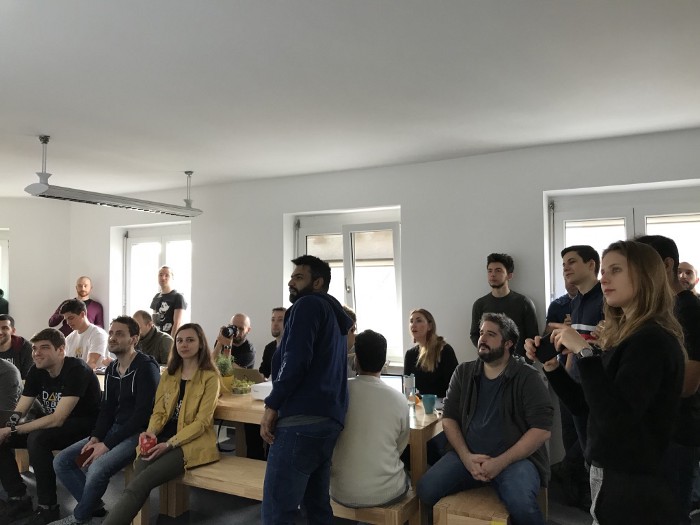
The hackathon was held over two days coinciding with an internal meeting that was being attended by the management of our parent company, KI group. This enabled the hackathon projects to be judged by the management in addition to the external jury. The teams could stay in the office overnight if they wanted to.
The food & drinks were catered in the office so that teams could concentrate completely on their hacks. Also, there were some custom limited edition stickers created for the hackathon that was given to each participant for presenting their hacks.
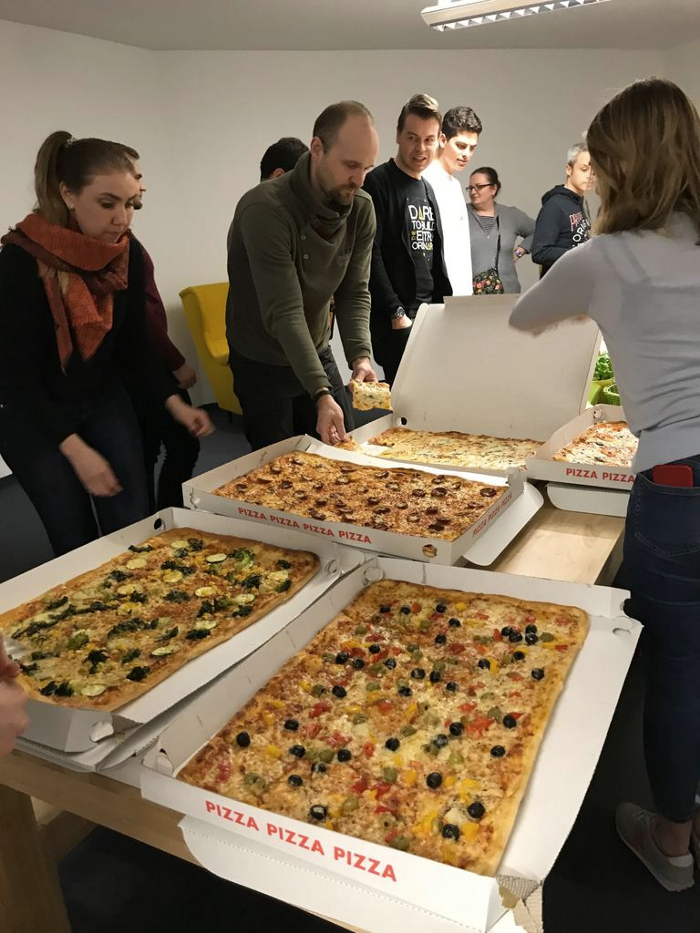
Judging
The projects were judged mainly on their technical impressiveness, novelty, demos & user experience. Each of them had equal weight with no weight given to the feasibility of building a business around the projects as the teams were expected to build something than trying to figure out business plans. The criteria for the judging could be seen in the excel sheet linked below.
The jury was composed of senior management from the KI group along with some of our friends from the Munich tech ecosystem. Besides, all the people in attendance were given two votes to give to their favourite teams. These votes determine the audience prize for the best project in addition to the jury’s selection.
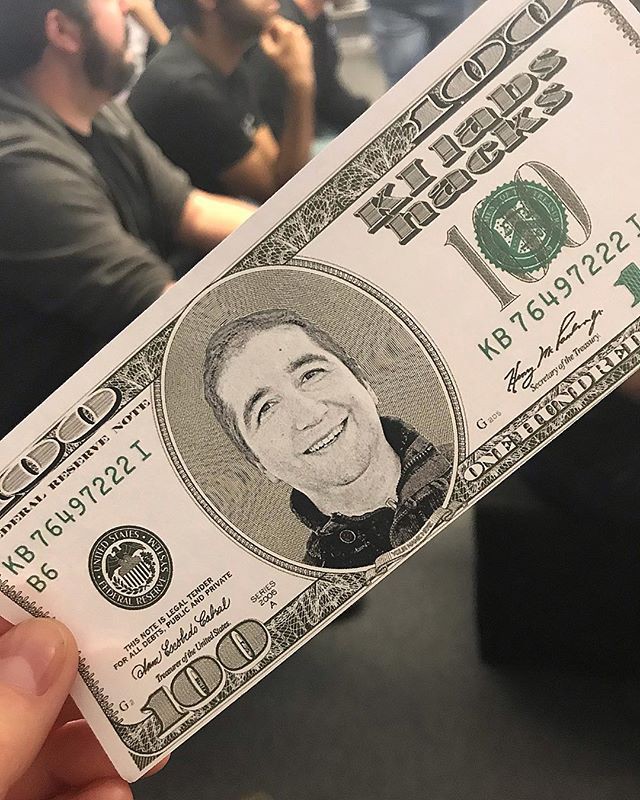
Projects
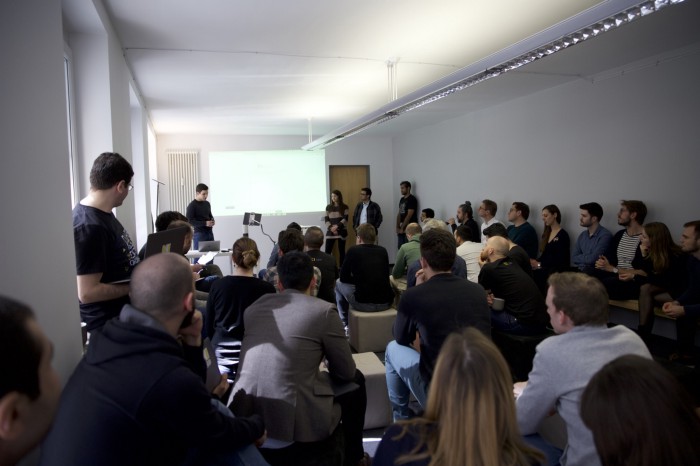
In the end, we had over 50 participants across both the Munich & Lisbon office. There were 14 teams & some interesting projects. Many of the projects aimed at solving some of the problems faced by them in the office. I will briefly describe the different ideas that were explored in the hackathon.
- BRAN: BRAN aimed at enabling employees to enter the office using facial recognition based on the existing Hodor.
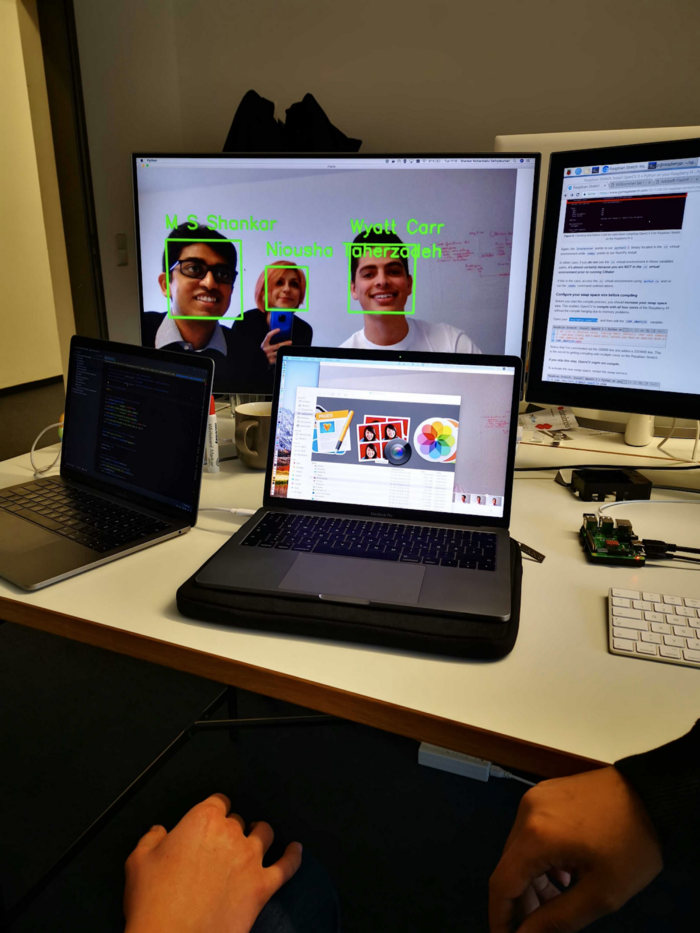
- Magellan: Magellan developed a meeting room booking system for the office, based on multiple mechanisms including sensing the presence of people in the meeting room.
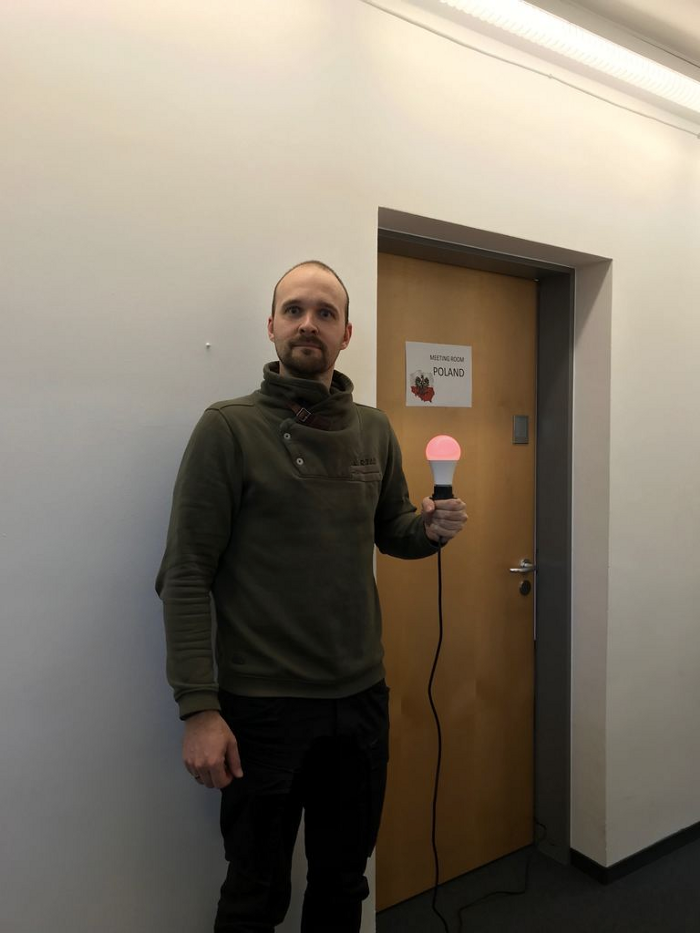
- Eatix: Eatix is a slack bot that enables you to collaboratively select a place to eat & also reserve the place automatically by calling them in Duplex style.
- Travel Optimizer: Travel Optimizer optimizes the cost for your multi-city travel across different periods.
- AI Hiring: AI Hiring is a tool that helps the HR team to analyze the profiles of the applicants based on past results.
- Say What: Say What created an application to transcribe the video conferences to handle the connectivity or voice issues.
- Eventify: Eventify built a website to handle the internal & external events that we host in the office.
- Organist: Organist built a tool that could be used to generate & update the org chart for the company.
- 7Step.Me: 7Step.Me developed a cross-platform app that could be used to create activity challenges for teams.
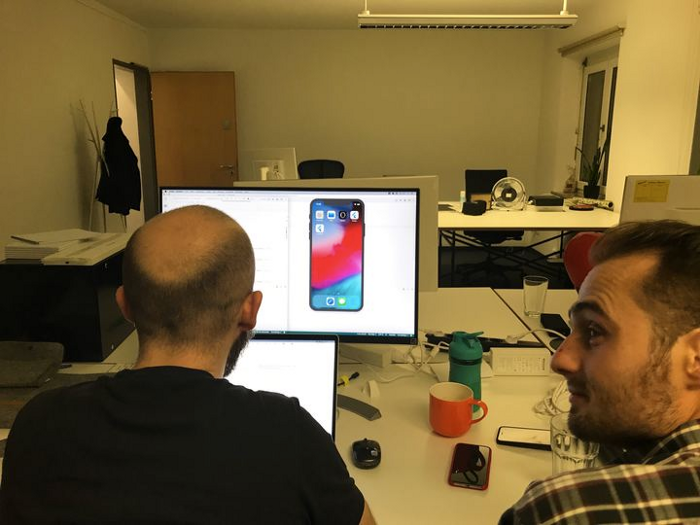
- KI-word Tool: KI-word Tool is a tool that automates the keyword research for search engine optimization & advertising.
- Decibell: Decibell solves the problem of identifying people who might be talking too loud in the workspaces & gently nudges them to use a meeting room.
- BeerBot: Beerbot built a bot that keeps track of the beers in the fridge in the office so that you never run out of cold beer.
- AbsenceBot Gamification: We have an internal Absence Bot for recording absences in the office. This hack gave some badges that could be obtained based on the usage of the Absence Bot.
- Unreal Labs: Unreal Labs built a 3D walkthrough of the entire office including the different projects, teams & the technologies associated with them.
More information about the projects can be found on the submission platform, Devpost.
Observations
It was heartening to see the participants working on their projects with extreme dedication. One team stayed up the whole night working on their prototype. Diverse projects were developed ranging from mobile apps to computer vision & 3D visualizations. Many of them also solved some of the issues we had in the office like the meeting room booking system.
The event was accepted well within the KI Group management & there were also some requests from some of our clients to organize it for them
Most importantly, the feedback from the participants was also good. Even though it was the first hackathon for about 80% of the participants, they still enjoyed getting the day to work on some interesting ideas with their colleagues. Over 85% of the participants found it relevant & helpful in their daily work. Even though some of the participants were a bit sceptical when we proposed the idea, everyone was enthusiastic & looking forward to doing another one at the end of the hackathon. Based on the feedback, we just finished the 2nd edition of our now half-yearly hackathon in September.
More pictures from the hackathon can be found on havealook (https://havealook.me/ki-labs/ki-hacks).
You can see the projects from the 2nd edition of the hackathon on our submission platform, DevPost.
If you have any questions or feedback, feel free to get in touch. And at KI labs, we are always looking for people to join our future hackathons ;)
